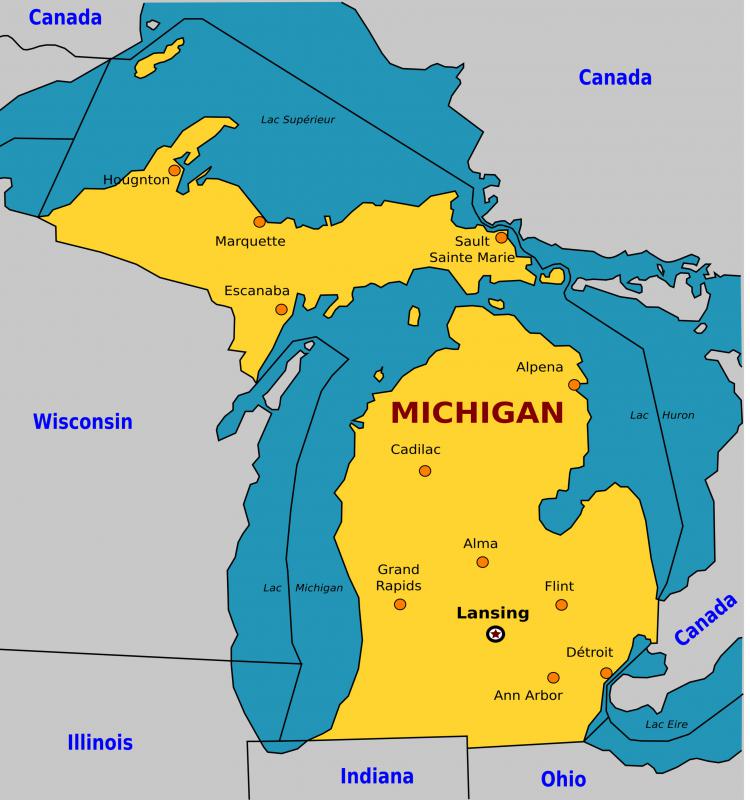At WiseGEEK, we're committed to delivering accurate, trustworthy information. Our expert-authored content is rigorously fact-checked and sourced from credible authorities. Discover how we uphold the highest standards in providing you with reliable knowledge.
What is the History of General Motors?
The General Motors Corporation is the second-largest automaker in the world, just after Toyota. It was founded in 1908 by William C. Durant, in Flint, Michigan, and has consistently been an innovator in automotive technology. General Motors employs more than 250,000 people around the world, with total assets of around $149 billion US Dollars (USD).
William C. Durant was one of the early pioneers of automobiles. He was the son of the Michigan governor, Henry H. Crapo, and by the 1890s had a successful horse-drawn carriage business in Flint. In 1904 he was approached to become General Manager of Buick, a position he jumped into wholeheartedly. He spun his success as manager of Buick to create a holding company in 1908, which he dubbed the General Motors Company. This company then bought Oldsmobile, Cartercar, Ewing, Elmore, Cadillac, and the company that would eventually be Pontiac.

The next year, Durant acquired the Reliance Motor Truck Company and the Rapid Motor Vehicle Company, which would eventually be the foundation for the General Motors truck. All of this buying led to a fairly large amount of debt, around $1 million USD, which was held against Durant by the bankers who financed the company. As a result, Durant was removed from leadership in 1910, and went on to form the Chevrolet company. Using the resources he made through Chevrolet, Durant organized a stock buyback of General Motors, and in 1916 reclaimed his position as General Manager, bringing Chevrolet with him. In 1920 Durant was removed for good by Pierre S. Du Pont, who would remain largely in control until around 1950.
Through the 1920s, the General Motors Company expanded into a global market, and built itself as a company that provided power, prestige, and options. Unlike the Ford company, which focused on lower costs and lower prices, General Motors targeted consumers who had money to spend on products with more features. In the late 1920s and 1930s, General Motors helped create the Greyhound bus lines, largely replacing the existing rail system, and bought out streetcar companies to replace them with in-city buses.
During World War II, General Motors companies produced a great deal of armament and military vehicles, both for Allied and Axis forces. Although at the time the company tried to distance themselves from their German Opel company, after the war it became apparent that in fact there had been a concerted effort to profit off of Germany’s need for trucks, land mines, and torpedo detonators. The VP of the US branch of General Motors, Graeme K. Howard even expressed his staunchly pro-Nazi views in his book, America and a New World Order.
After the war, General Motors continued to grow enormously, becoming quickly the largest corporation in the United States. This period of unabashed prosperity, during which the President of General Motors, Charles Erwin Wilson, was named Secretary of Defense under Eisenhower, would last until the end of the 1950s. Through the 1960s, 1970s, and 1980s, General Motors had a difficult period, where many of its products came under attack for poor workmanship, most notably the Chevrolet Corvair, about which Ralph Nader wrote his pivotal book, Unsafe at Any Speed.
The 1980s and 1990s were a period of continued hardship for General Motors, which was plagued by competition from Japanese companies. In the late-1990s it finally seemed on the way to recovery, with stock increasing and sales stabilizing. This all changed after 11 September, 2001, when the company again started faltering. For the next few years General Motors survived hardship after hardship, until the recession in 2008, at which point they seemed on the edge of bankruptcy, and were ultimately bailed out by the Federal government, leaving their future uncertain.
AS FEATURED ON:
AS FEATURED ON:











Discussion Comments
As we switch to more modern forms of fuel and away from dependence on gas, it will be interesting to see how big companies like GM change their strategy and look to cater to the influx of new vehicle styles and driving methods. It may be that we will have auto-pilot in cars in the near future.
I am glad that Toyota has surpassed General Motors, it shows that American trends are meant to go beyond our own nation. The diverse industries of the world continue to grow, and Japan shows that an archaic nation has the potential to "pick up speed" and overtake more advanced societies using their own tactics. A global economic competition is healthy, as long as it doesn't get political or lead to war.
The Ford company helped to get cars to everyone. If it wasn't for Ford, cars would have originally been restricted to the upper class and those with more money to spend on them. Luckily, in an equalizing capitalistic economy, this wasn't the case, and new technologies are available to everyone. This is also more lucrative for the companies themselves.
I feel like these titles "General Electric" and "General Motors," are inappropriate in a capitalistic economy. The title "General" implies that they have a manipulation on their respective businesses. I am happy that there are foreign auto companies which are able to compete with them.
Post your comments